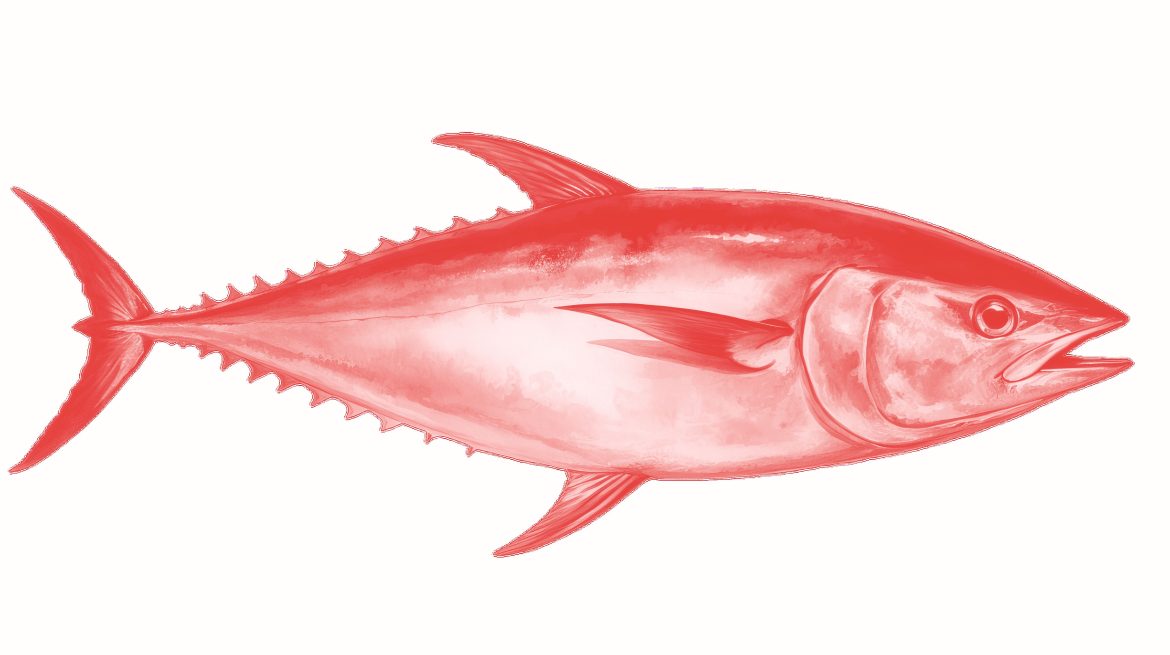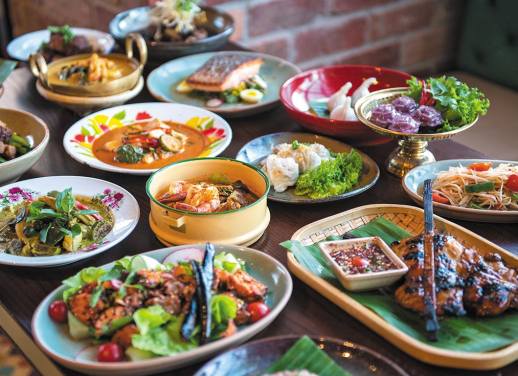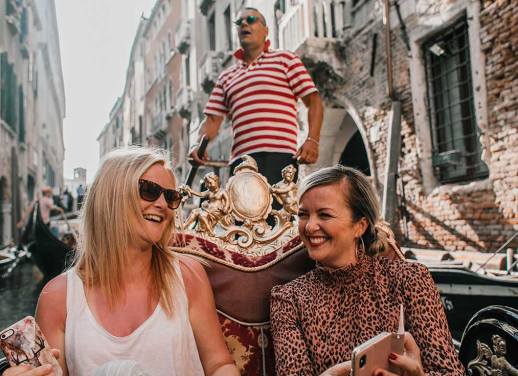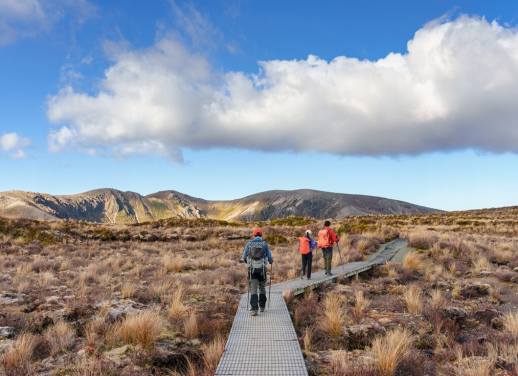Food tourism is booming, with many travellers scouring the globe for dishes they can’t find anywhere else. It’s easy to get swept up in the idea of rare or unusual foods, though, without fully understanding their impact on the destination. Here are some of the ones to avoid.
Food is a powerful cultural conduit. Whether you’re strolling Tokyo’s bustling Tsukiji Fish Market, dining on dosa in Mumbai or stopping for streetside tacos in Guadalajara, the interactions people have through food – particularly when it comes to local delicacies – can help break down barriers and give us a better understanding of the traditions and customs of the place we’re visiting.
It’s no surprise then that food-fuelled tourism is on the up. More than half of travellers globally report being driven not by what to see and do, but by what to eat. And while curiosity and adventurousness are generally positive traveller traits, some regional foods prized for their rarity are unethical – compromising the communities and ecosystems that lured those travellers there in the first place – if not downright illegal to produce and consume.
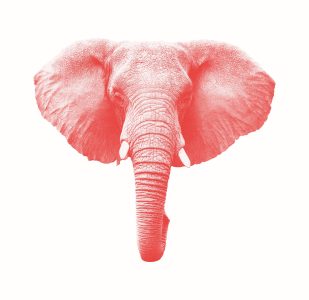
The most obvious no-go foods are those derived from endangered or threatened animals. It might seem obvious to steer clear of elephant, rhino and big cat meat, but all of these creatures are still poached and sold for consumption – even in countries where the practice is against the law. Purchasing meat (or other products, such as skins, ivory or rhino horn) drives demand and supports the illegal wildlife trade.
Less obvious to some might be turtle. Turtle soup is common in Asian and Creole cuisine, but you want to be sure you’re eating farmed turtle – many turtles are now protected around the world, and international trade of all sea turtles is prohibited. Still, in some regions you can find their eggs and meat sold in restaurants and markets.
Bluefin tuna, prized for its rich, fatty flesh, is another one to avoid. Despite being critically overfished, it appears on menus at luxury restaurants around the world, often as sushi or sashimi. Eel is one to reconsider, too. Although most eel on restaurant plates is farm-raised, farmed eels start life in the wild: they are simply transferred to and raised in farms.
It’s not just what’s on your plate you need to look out for. Many protected animals are used in traditional potions or salves sold at markets, promising to cure illnesses or aid in sexual performance. Ask the seller or check the label for ingredients like bear bile, rhino horn, tiger penis and lion bone to ensure you’re not supporting poachers.
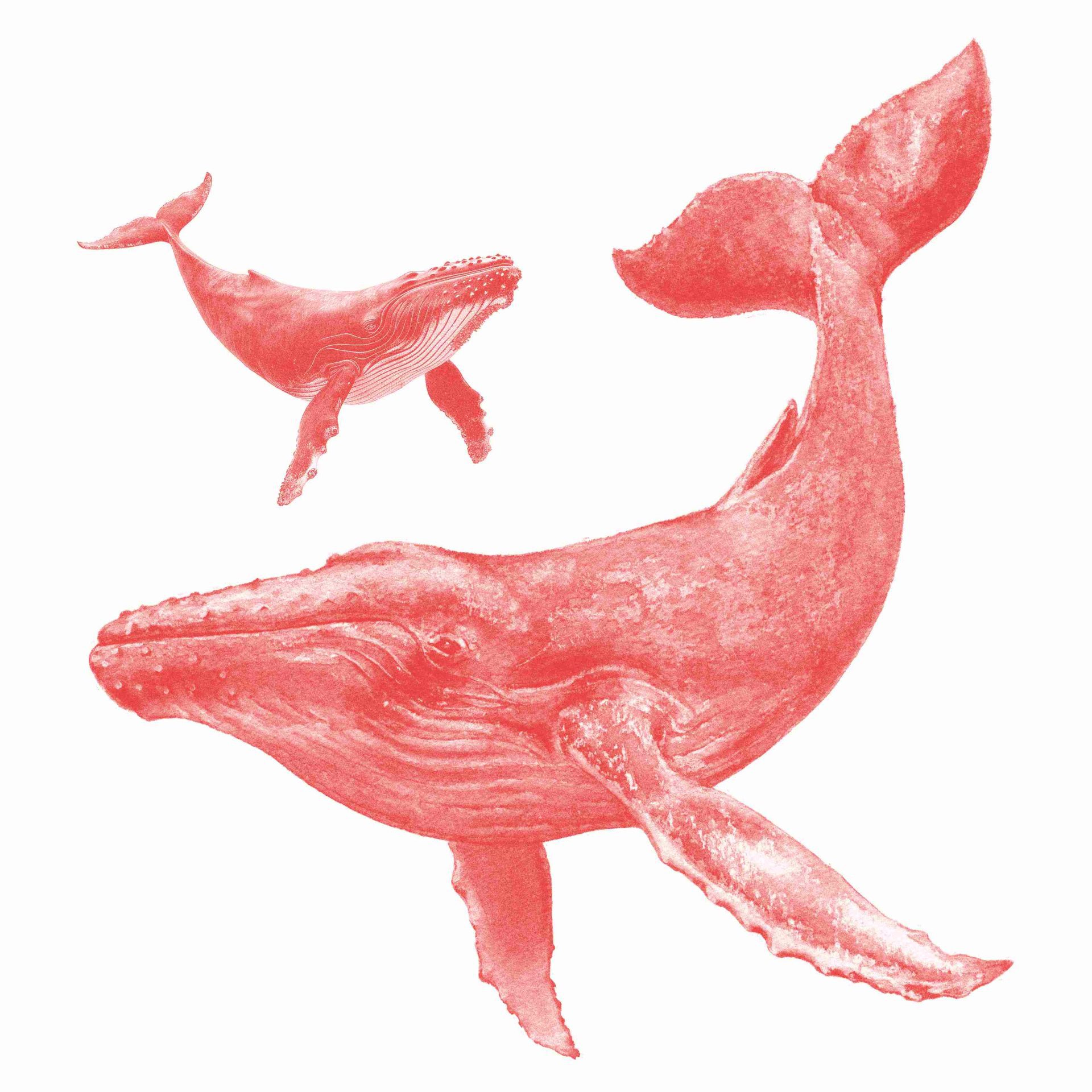
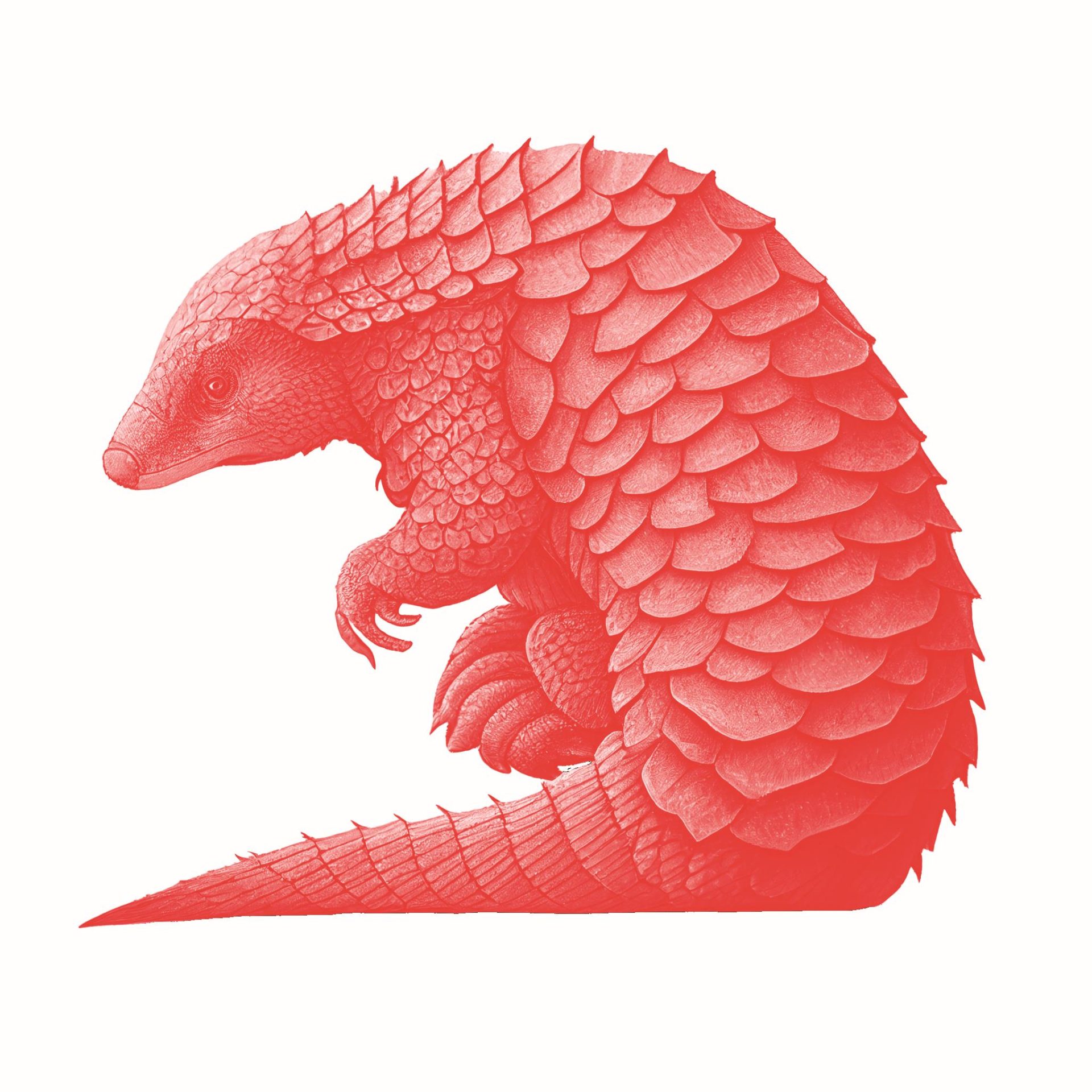
Then there’s bushmeat, a collective term for African wild game that can include monkeys, porcupines, pangolins, antelopes, giraffes and elephants. While hunting wild animals has traditionally provided sustenance for regional communities, today bushmeat hunting is one of the biggest threats to the survival of some species.
Whale hunting is still legal in Iceland, but while you can find the meat in restaurants and markets, it’s not particularly popular or traditional to eat it. Norway and Japan, too, allow the hunting and sale of whale meat. You can also find dolphin meat for sale in some parts of Asia and the Caribbean.

In Chinese culture, shark fin soup is believed to have restorative abilities and boost sexual potency, but the dish has decimated shark populations. The fin is so valuable it is often cruelly cut from the live shark, which is then discarded and left to die in the ocean.
Snake wine, which can be found in Vietnam, South East Asia and southern China, is often made by drowning a live snake or other reptile in alcohol. Cruelty is inherent to the making of foie gras in France, too, made by force-feeding ducks or geese until their livers swell to unnaturally large sizes. The same goes for the production of ortolan, a tiny songbird also force-fed, then drowned in brandy and roasted whole in parts of Europe.
Factory-farmed chicken, beef and eggs are mass produced in countries including Australia, the UK and the US and are widely criticised for inhumane industry-standard practices.
So, how do you decide what’s ethical to eat? Research is your friend. Look online before you travel, and once you’re there, make it a habit to ask about ingredients and their origins.
While some unusual foods are gimmicks, others speak to deeply ingrained tradition, religious belief or custom, and every location is on its own sustainability journey. When it comes to refusing, do so respectfully – what’s shocking to you may be normal for someone else. If you’re unsure, go plant-based instead. Some of the best traditional dishes around the world are meat-free.
There’s a difference, too, between dishes that are unethical and those that give you the ick for personal reasons. Not everyone is up for toast with Prim (the sweet brown cheese spread) in Norway, or with Vegemite (a salty yeast extract spread) in Australia. These are acquired tastes, for sure, but morally you’re good to go.
Follow your taste buds on a foodie adventure with Intrepid.

